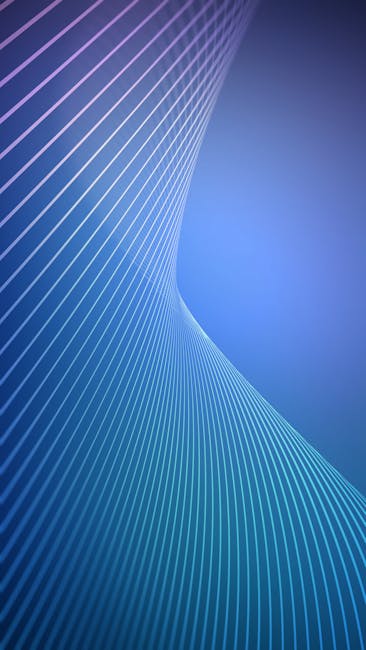Modern
Introduction
The term “modern” is fluid and ever-evolving, encapsulating the current styles, trends, and technologies that define our present moment. Understanding what constitutes “modern” is crucial in various aspects of life, from design and technology to societal values and personal expression. This article delves into the meaning of “modern,” exploring its key characteristics and applications across different domains.
Modern Design and Aesthetics
Minimalism and Clean Lines
Modern design often embraces minimalism, characterized by clean lines, uncluttered spaces, and a focus on functionality. This aesthetic prioritizes simplicity and elegance, eliminating unnecessary ornamentation and highlighting the essential elements of a design.
- Emphasis on functionality and practicality
- Use of neutral color palettes
- Open and airy spaces
- Minimalist furniture and decor
Use of Modern Materials
Advancements in materials science have significantly impacted modern design. Contemporary spaces often incorporate innovative materials like steel, glass, concrete, and engineered wood, showcasing their inherent textures and properties.
- Sustainable and eco-friendly materials
- Durable and long-lasting options
- Visually striking and unique textures
- Versatile materials suitable for various applications
Bold Color Accents
While neutral color palettes are common in modern design, strategically placed bold color accents can add personality and visual interest. These pops of color can be used to highlight architectural features, create focal points, or introduce a sense of playfulness.
- Use of contrasting colors
- Strategic placement for maximum impact
- Incorporating artwork and accessories with vibrant hues
- Balancing bold colors with neutral backgrounds
Modern Technology and Innovation
Artificial Intelligence (AI) and Machine Learning (ML)
AI and ML are revolutionizing various industries, from healthcare and finance to transportation and entertainment. These technologies enable machines to learn from data, automate tasks, and make intelligent decisions.
- Enhanced automation and efficiency
- Improved data analysis and insights
- Personalized user experiences
- Development of new and innovative solutions
Internet of Things (IoT)
The IoT connects everyday objects to the internet, enabling them to communicate and share data. This interconnectedness allows for greater control, automation, and efficiency in homes, businesses, and cities.
- Smart home devices and automation
- Connected vehicles and transportation systems
- Industrial IoT applications for improved productivity
- Data-driven insights for better decision-making
Cloud Computing
Cloud computing provides on-demand access to computing resources, such as servers, storage, and software, over the internet. This technology offers scalability, flexibility, and cost-effectiveness, making it ideal for businesses of all sizes.
- Scalable and flexible infrastructure
- Reduced IT costs and complexity
- Improved collaboration and data sharing
- Enhanced security and reliability
Modern Society and Values
Diversity and Inclusion
Modern society increasingly values diversity and inclusion, recognizing the importance of representing and celebrating people from all backgrounds, cultures, and identities. This commitment extends to workplaces, communities, and all aspects of public life.
- Promoting equality and equity
- Creating inclusive environments
- Challenging biases and stereotypes
- Celebrating cultural differences
Sustainability and Environmental Awareness
With growing concerns about climate change and environmental degradation, sustainability has become a central value in modern society. Individuals and organizations are increasingly adopting eco-friendly practices to minimize their environmental impact.
- Reducing carbon emissions
- Conserving natural resources
- Promoting renewable energy
- Adopting sustainable consumption patterns
Technological Adaptability
The rapid pace of technological advancements requires individuals to be adaptable and willing to learn new skills. Lifelong learning and continuous improvement are essential for navigating the ever-changing landscape of the modern world.
- Embracing new technologies
- Developing critical thinking skills
- Staying informed about emerging trends
- Seeking opportunities for professional development
Conclusion
The concept of “modern” is multifaceted and dynamic, encompassing a wide range of styles, technologies, and values. From minimalist design and AI-powered innovations to a commitment to diversity and sustainability, “modern” reflects the evolving nature of our world. By understanding and embracing these key aspects, we can better navigate the challenges and opportunities of the present and shape a more innovative and inclusive future.














Post Comment